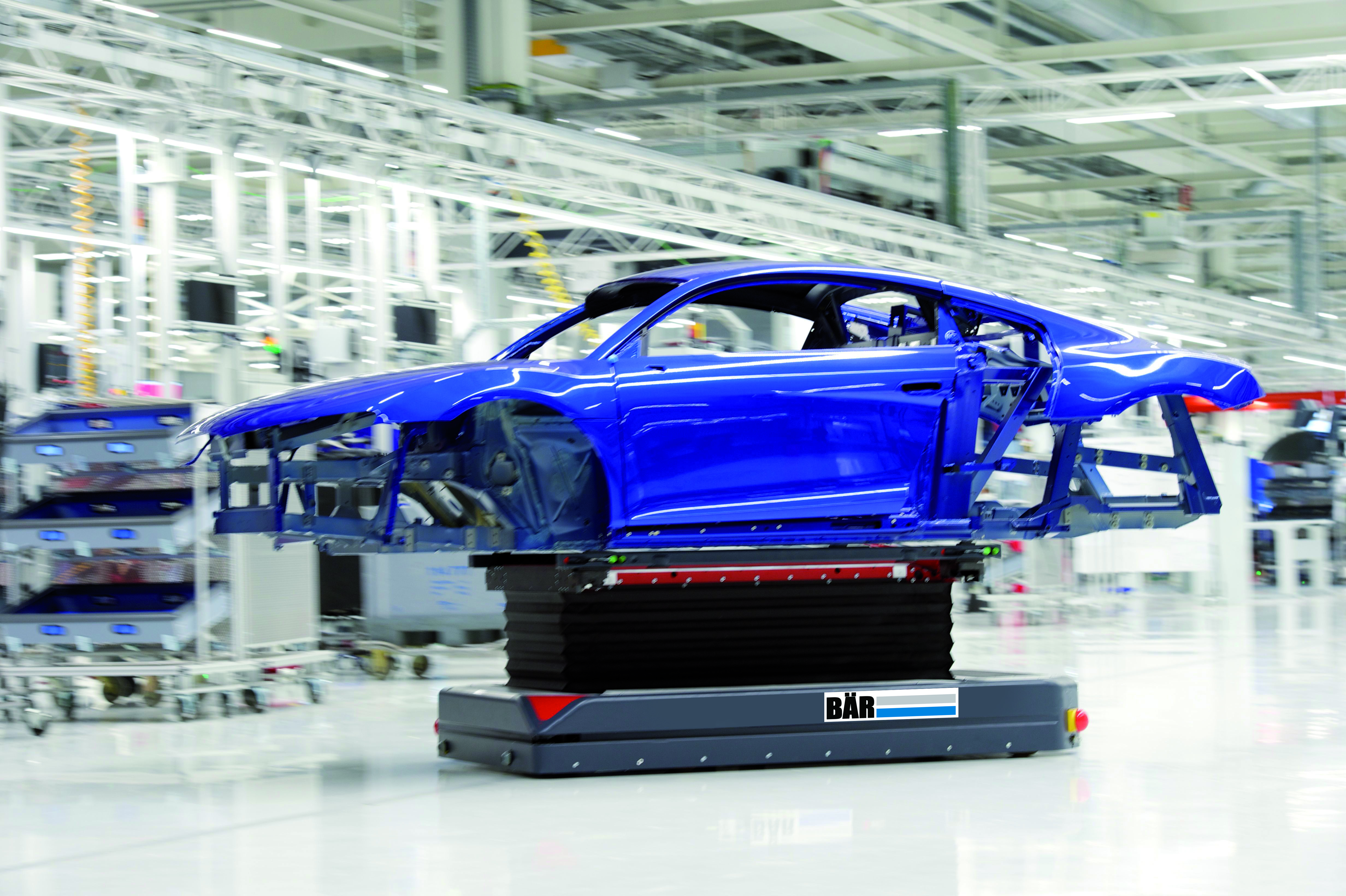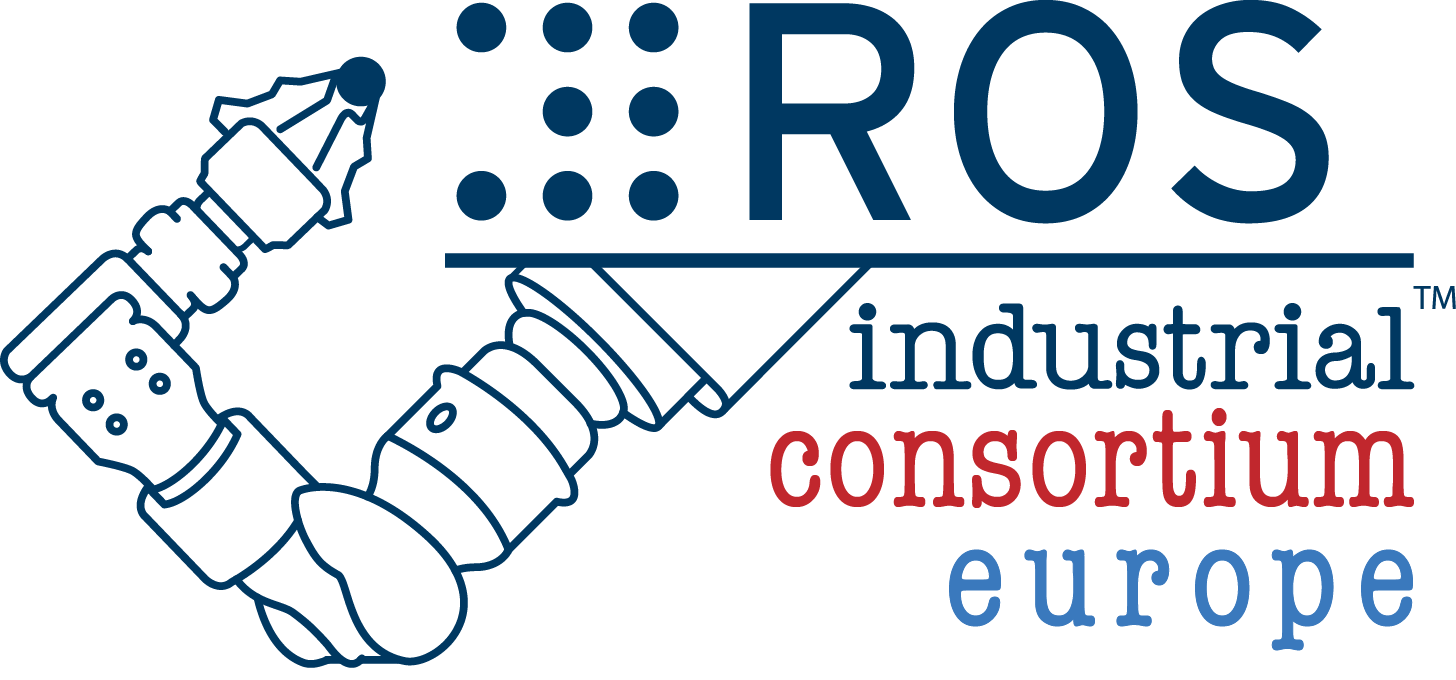Adopting ROS to develop industrial applications
The open-source Robot Operating System ROS can be used to make the development and commissioning of robotics and automation systems more efficient. The ROS-Industrial initiative is committed to the diffusion of ROS in the industrial domain. Fraunhofer IPA heads the initiative’s European Consortium, and acts as a technology partner for the developer community and industrial partners. A new member of the Consortium, contributing technically and financially to the initiative, is Robert Bosch GmbH.


The number of worldwide members of the ROS-Industrial Consortia, financially supporting the ROS-I initiative, recently reached the 40 threshold. They range from start-ups to corporations and from research institutes to industrial end-users. This confirms that open-source software is more relevant than ever for industry. An official interest group for ROS-Industrial started in 2013 with the ROS-I Consortium North America, with the similar ROS-I Consortium Europe established one year later under the leadership of Fraunhofer IPA. “I’m impressed by the amount of positive feedback we’re getting,” says Dr. Mirko Bordignon, project leader at Fraunhofer IPA and manager of the European consortium. “Many organizations see ROS as a key technology enabler to develop the next generation of robots and to open the way for new waves of innovation.” Not least, open-source software is also likely to play a stronger role in connection with the push for the establishment of Industry 4.0 reference technologies.
Offering industry-ready solutions
The goal of the ROS-Industrial initiative is to improve the reliability of software for robotics and automation while aligning it with industrial standards and regulations. It also addresses non-technical issues like liability, support and warranty. By becoming members of their regional ROS-I Consortium, industrial partners have the opportunity to play a key part in helping shape the development of ROS together with the developer community to make it meet the requirements of industrial applications.
Robert Bosch GmbH is also involved in the further development of ROS. “This partnership is very important for us,” explains Bordignon, who aims to further intensify the collaboration with hardware manufacturers. For Dr. Arne Hamann, project manager at Bosch, becoming a member of the ROS-Industrial initiative was a “logical step”: “ROS is the de facto robotics standard. However, we feel there is still a need for improvement as regards the step from prototype development to product development. We intend to help support this process and actively contribute to improving the ROS kernel.”
Benefits of ROS
ROS offers communally developed, non-proprietary open-source software for robot systems under a licensing scheme that is also suitable for commercial applications. In addition to hardware drivers, algorithms and development/diagnostic tools, companies can make direct use of fundamental complex functionalities for robot systems, such as for navigation and object recognition. The components are modular to ease their exchange.
Demand for increasingly complex software in the automation domain, together with shorter development cycles, make open-source software of particular interest to industrial players. At the same time, there is an increasing interest for higher-level functionalities such as object localisation and solutions for human-robot collaboration. ROS components are a promising way for companies to keep pace with this development also with limited resources, since they can benefit from a large development community as is the case with Linux in the IT world, for instance. ROS already proved its worth in several industrial applications designed and implemented by Fraunhofer IPA and ROS-Industrial Consortium members. These include, for instance, navigation software packaged as ROS software components. Such navigation software is used, for example, in driverless transport systems made by Bär Automation GmbH.
Further information about ROS Industrial